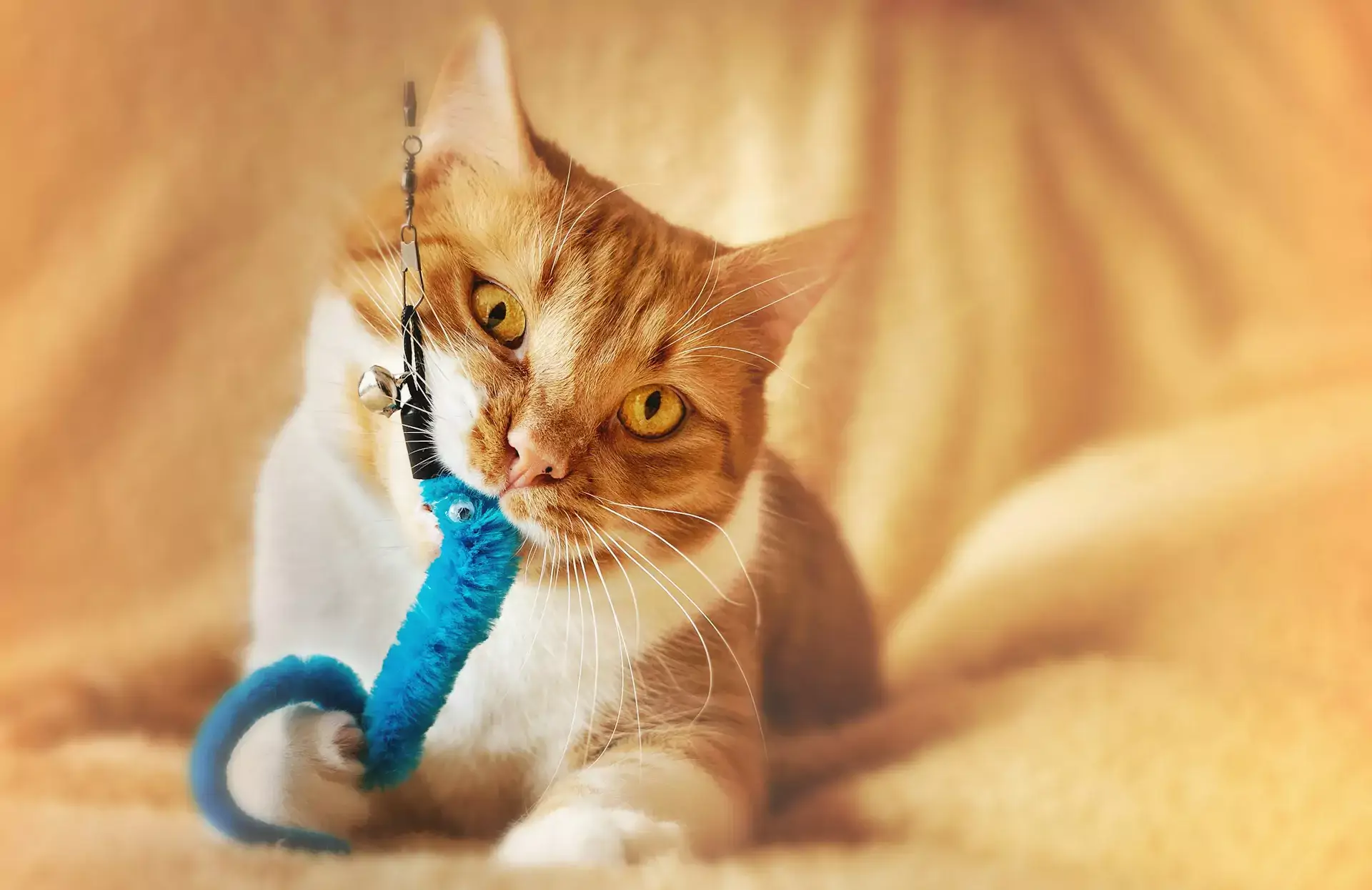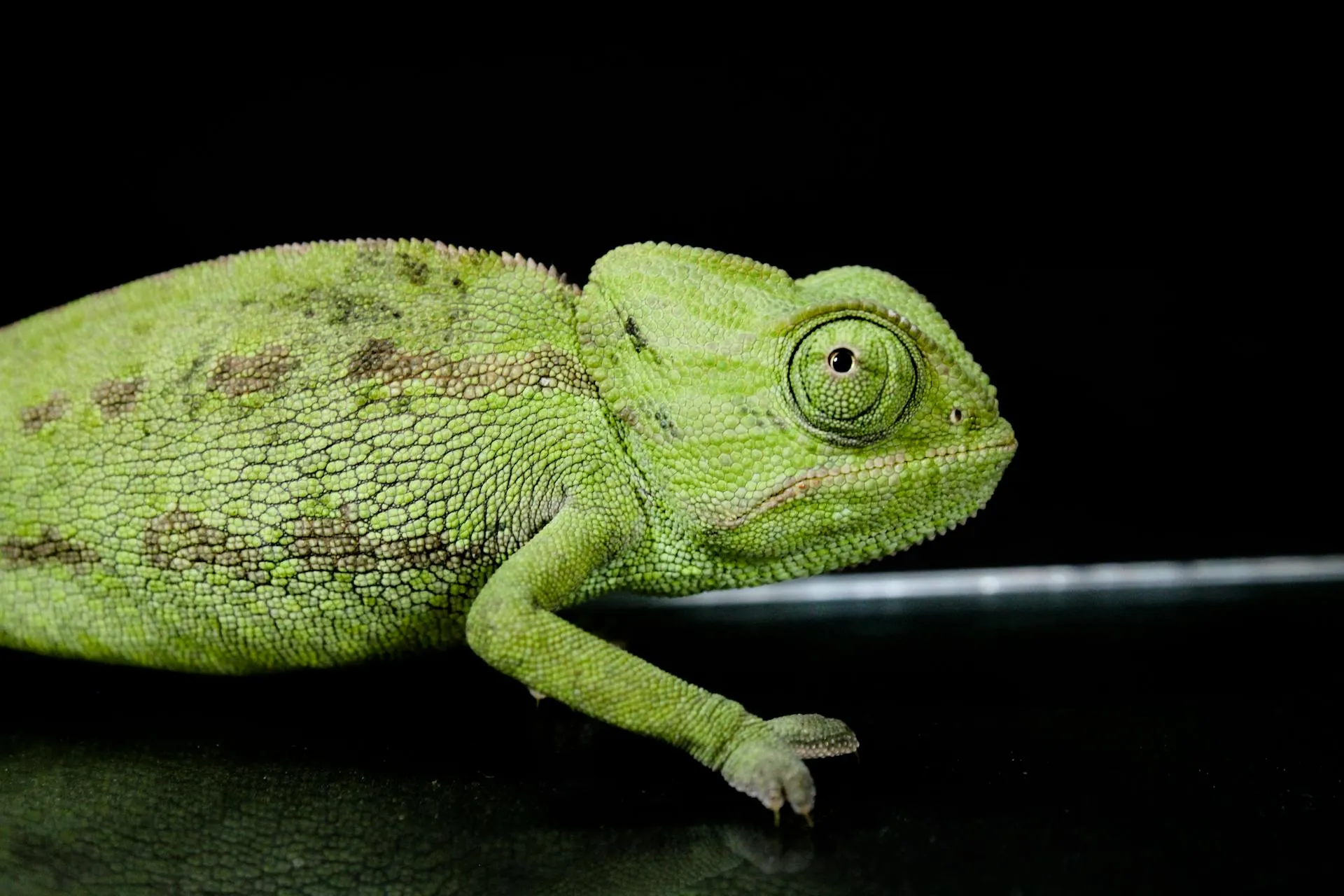Hamsters are one of the most popular pocket pets, known for their small size, cute faces, and easy-to-care-for nature. If you’re considering adding a hamster to your family, it’s important to know that there are several breeds, each with its own care requirements, personality traits, and characteristics. At Galena Animal Medical Clinic, your Galena, MD, animal hospital, we want to help you choose the right hamster breed and give you the best care tips to ensure your pet stays healthy and happy.
In this blog, we’ll introduce you to the different hamster breeds and provide guidance on how to care for each one. Whether you’re a first-time hamster owner or you’re looking to expand your knowledge, you’ll find everything you need to make an informed decision about which hamster breed is right for you.
Types of Hamsters: A Quick Overview
There are several hamster breeds, each with unique traits and characteristics. Some are more social, while others prefer solitary living. Here’s a breakdown of the most common hamster breeds you’ll encounter as a pet owner:
1. Syrian Hamsters (Golden Hamsters)
The Syrian hamster, also known as the golden hamster, is the most well-known and popular hamster breed. These hamsters are typically larger in size, reaching lengths of 6-7 inches. Syrian hamsters are solitary creatures and should always be housed alone to prevent aggression. They are also very friendly and can be easily tamed with proper handling and patience.
Care Tips for Syrian Hamsters:
- Diet: Provide a balanced diet of hamster pellets, fresh vegetables, and occasional fruits. Avoid sugary treats.
- Habitat: A spacious cage with plenty of bedding for burrowing and exploring is ideal. They love to have a place to hide and sleep.
- Handling: Syrian hamsters tend to be calm but require gentle handling. Start by letting them become accustomed to your scent and touch.
2. Dwarf Hamsters
There are several types of dwarf hamsters, including the Roborovski, Campbell’s, and Winter White dwarf hamsters. These hamsters are much smaller than Syrian hamsters, typically measuring around 2-4 inches in length. Dwarf hamsters are known for their fast-paced behavior and are best suited for experienced owners who can keep up with their activity levels.
Care Tips for Dwarf Hamsters:
- Diet: A similar diet to that of Syrian hamsters, but be careful not to overfeed them as dwarf hamsters can become overweight more easily.
- Habitat: Dwarf hamsters can live in pairs or small groups if introduced properly, but it’s still recommended to monitor their interactions as they can sometimes become territorial.
- Handling: Dwarf hamsters are quick and active, which can make them more challenging to handle. Regular handling will help tame them, but always be patient and gentle.
3. Roborovski Hamsters
The Roborovski hamster, often referred to as the “Robbie,” is the smallest of the dwarf hamsters, reaching only 2-2.5 inches in length. Known for their speed and agility, Roborovski hamsters are incredibly energetic and spend a lot of time running and exploring. They are social animals and can live in groups, but it’s essential to monitor them to prevent fighting.
Care Tips for Roborovski Hamsters:
- Diet: Like other dwarf hamsters, Roborovskis should be fed a variety of hamster food, including fresh fruits, vegetables, and occasional treats like sunflower seeds.
- Habitat: Roborovskis require a spacious cage with plenty of opportunities for climbing and running. A hamster wheel is essential for exercise.
- Handling: Due to their fast movements, Roborovskis can be harder to handle and may not enjoy being held as much as other breeds. Let them come to you at their own pace.
4. Winter White Dwarf Hamsters
The Winter White dwarf hamster is known for its seasonal color change. In winter, the hamster’s coat turns from brown to a white or light gray color, which is an adaptation to the colder climate in the wild. Winter White hamsters are small, usually around 3-4 inches in length, and are social creatures that enjoy living in pairs or small groups if properly introduced.
Care Tips for Winter White Hamsters:
- Diet: Provide a balanced diet of hamster pellets, fresh vegetables, and seeds. Avoid high-fat foods to prevent obesity.
- Habitat: A spacious cage with hiding spots and bedding for burrowing is essential for Winter White hamsters. They enjoy having a place to sleep and forage.
- Handling: These hamsters are generally friendly and can be held with regular, gentle interaction. They may not be as fast as Roborovskis, making them easier to handle.
How to Choose the Right Hamster Breed for You
Choosing the right hamster breed depends on your lifestyle, experience, and what you’re looking for in a pet. Here are some factors to consider when selecting a hamster breed:
- Size: If you have limited space, a dwarf hamster may be a better choice due to their smaller size. However, if you prefer a larger pet with more space to move around, a Syrian hamster might be a better fit.
- Temperament: Syrian hamsters tend to be more docile and are easier to handle, making them ideal for beginners. Dwarf hamsters, especially Roborovskis, can be more active and challenging to handle but can also be a great choice for experienced owners.
- Social Behavior: If you want to have more than one hamster, consider a breed that is social and enjoys living with others. Winter White and Roborovski hamsters are known to be more social, while Syrian hamsters are solitary.
General Hamster Care Tips
Regardless of the breed, all hamsters require certain essentials to stay healthy and happy:
- Cage Size: Provide your hamster with a spacious cage to explore, burrow, and play. Hamsters are naturally active and need enough room to move around comfortably.
- Diet: Hamsters require a balanced diet that includes hamster pellets, fresh vegetables, and occasional fruits. Fresh water should always be available.
- Exercise: A hamster wheel and other toys for climbing and exploring will keep your hamster active and mentally stimulated.
- Hygiene: Clean your hamster’s cage regularly to maintain a healthy environment. Remove waste and uneaten food daily, and change the bedding weekly.
Click here to check out our past blog on hamster care. You can also learn more about hamster care at the Animal Humane Society website here.
Frequently Asked Questions
1. Can I house more than one hamster together?
It depends on the breed. Syrian hamsters should always be housed alone, while dwarf hamsters, like Winter White and Roborovski, can often live together if introduced carefully. Monitor their behavior to ensure they get along.
2. How often should I clean my hamster’s cage?
Spot clean your hamster’s cage daily to remove waste and uneaten food. Change the bedding completely every 1-2 weeks, depending on your hamster’s needs.
PetMD has a helpful article on hamster cages here.
3. What kind of bedding should I use for my hamster?
Choose bedding that is soft and absorbent, such as recycled paper bedding or aspen shavings. Avoid using cedar or pine wood shavings, as they can be harmful to hamsters.
4. How can I keep my hamster entertained?
Provide your hamster with toys such as a hamster wheel, tunnels, climbing structures, and foraging items. These will keep your hamster mentally and physically stimulated.
5. How long do hamsters live?
The lifespan of a hamster typically ranges from 2 to 3 years, depending on the breed and overall health. Proper care can help your hamster live a long, healthy life.
Visit Our Galena, MD Vet Clinic
At Galena Animal Medical Clinic, your Galena, MD, animal hospital, we want you to have all the information you need to provide the best care for your hamster, no matter the breed. By understanding their unique characteristics and needs, you can ensure your hamster has a happy and healthy life. Whether you’re new to hamster ownership or an experienced pet parent, choosing the right breed and providing proper care is the key to a fulfilling relationship with your furry companion.
If you need more guidance on hamster care, don’t hesitate to contact us today. We’re here to help!
Click here to visit our Service page and find out more about our clinic and the animals we treat. You can also go here to learn more about our Critical Care services, or go here to learn more about our Exotic Pet care offerings.
This blog is meant to be informational only. Always consult with your veterinarian for the right medical advice, diagnosis, or treatment plan for your pet and follow their advice.







!Social Media Icons